Million-dollar homes used to scream luxury—sprawling layouts, designer finishes, maybe even a pool out back. But in some U.S. suburbs, that seven-figure price tag doesn’t buy nearly what it used to. In fact, in certain areas, a $1 million home might just look like any ordinary house on the block—modest yard, dated interiors, and zero jaw-dropping features. Whether it’s due to hot job markets, low inventory, or sheer buyer demand, here are 13 suburbs where million-dollar listings feel shockingly average.
1. Cupertino, California
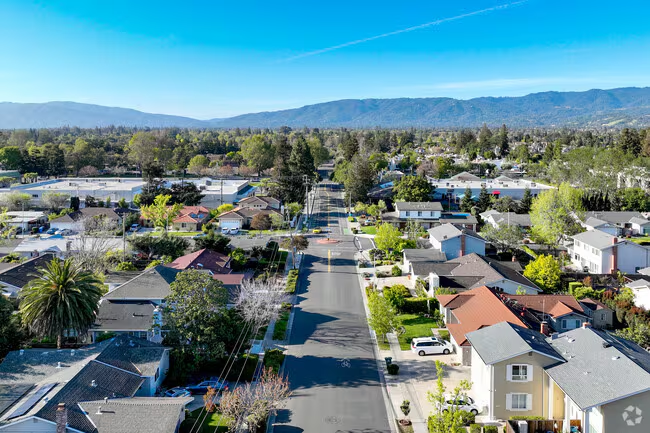
In Cupertino, the heart of Silicon Valley, a million dollars might get you a 1,200-square-foot ranch home built in the 1960s. According to Zillow, the median home price here is well over $2 million, meaning seven figures barely makes a dent. Many homes still have original kitchens, small lots, and outdated bathrooms. Yet thanks to proximity to Apple’s headquarters and top-rated schools, demand stays sky-high.
This suburb exemplifies how location can outweigh luxury. Buyers are willing to pay for ZIP codes, not granite countertops. While homes may appear modest or even worn, they sell fast and above asking. It’s not about square footage—it’s about opportunity.
2. Newton, Massachusetts

Newton, just outside Boston, has seen its home prices climb steadily, and million-dollar homes here are often split-levels with dated facades. As noted by Suburban Jungle, the area’s excellent public schools and access to downtown Boston make it a prime location for families. But the homes themselves often look surprisingly basic—many haven’t seen major updates since the ’90s. Think laminate counters, small closets, and tight driveways.
Even so, the neighborhood vibe and tree-lined streets help justify the price. Buyers are often paying more for location than for amenities. First-time visitors are often shocked that a house that “looks like Grandma’s” comes with a million-dollar tag. But in Newton, it’s the norm.
3. Bellevue, Washington
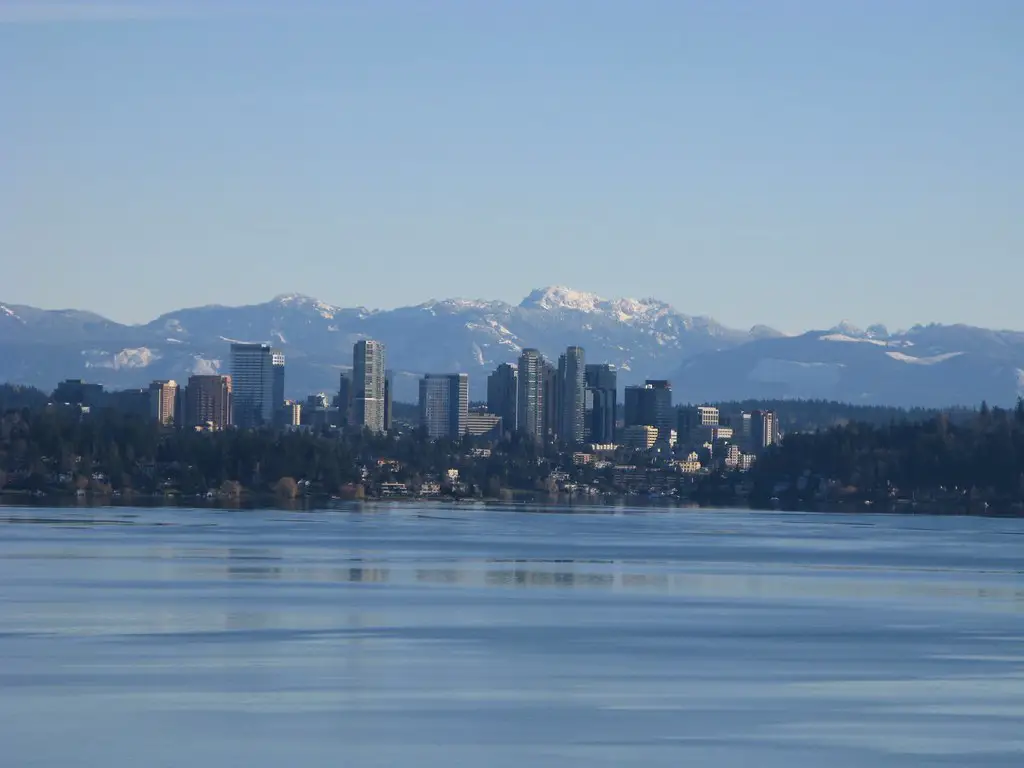
Once a quiet Seattle suburb, Bellevue has transformed into a tech magnet, with companies like Amazon and Microsoft fueling a booming housing market. According to Redfin, the median home price is now over $1.3 million, with many homes that look modest from the curb. You’ll find plenty of 1970s colonials with minimal updates selling for well over $1 million. Square footage is decent—but the finishes often are not.
Despite the sticker shock, buyers flock here for access to high-paying jobs and top-tier schools. The demand pushes prices up, even for homes that might not look “luxurious.” It’s a place where average-looking houses live in extraordinary markets. And for many, it’s worth the tradeoff.
4. Palo Alto, California
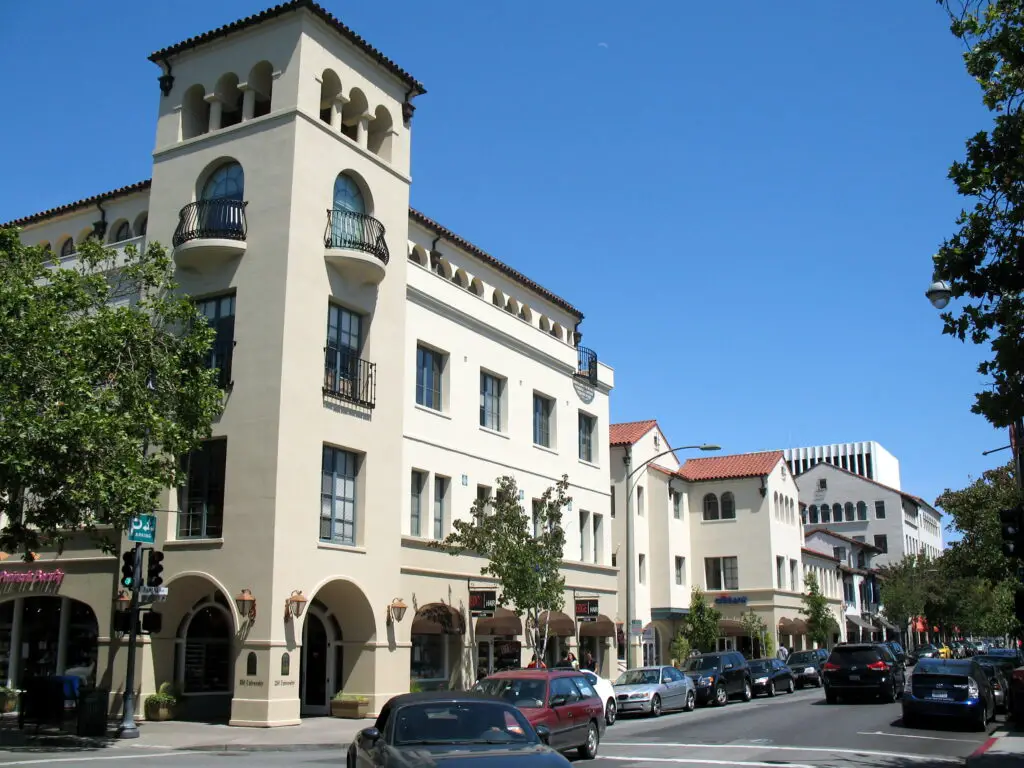
Palo Alto is home to some of the priciest real estate in the country, thanks to its location near Stanford and Silicon Valley’s biggest employers. As Business Insider has noted, a million dollars here will barely get you through the front door—literally. It’s common to find two-bedroom, one-bath bungalows from the 1940s selling for $1.5 million or more. Curb appeal? Often minimal.
Many of these homes haven’t been touched in decades. Still, buyers accept the outdated interiors because the ZIP code itself is an asset. Schools, walkability, and tech industry proximity keep demand incredibly high. A modest home here is still a golden ticket.
5. Montclair, New Jersey

Montclair has long been a desirable commuter town for New Yorkers looking for charm and space—but charm doesn’t mean luxury. Many million-dollar homes here are older colonials or Tudors that need major work. You’ll often see homes with creaky floors, small bathrooms, and ancient kitchens commanding top dollar. But with a vibrant downtown, cultural amenities, and easy access to Manhattan, people still line up to buy.
Buyers love the personality and historic feel of the homes—even if that means updating every room. For some, the “average” appearance is part of the charm. A million dollars buys into the lifestyle, not necessarily the layout. That’s a trade many are still willing to make.
6. Oak Park, Illinois
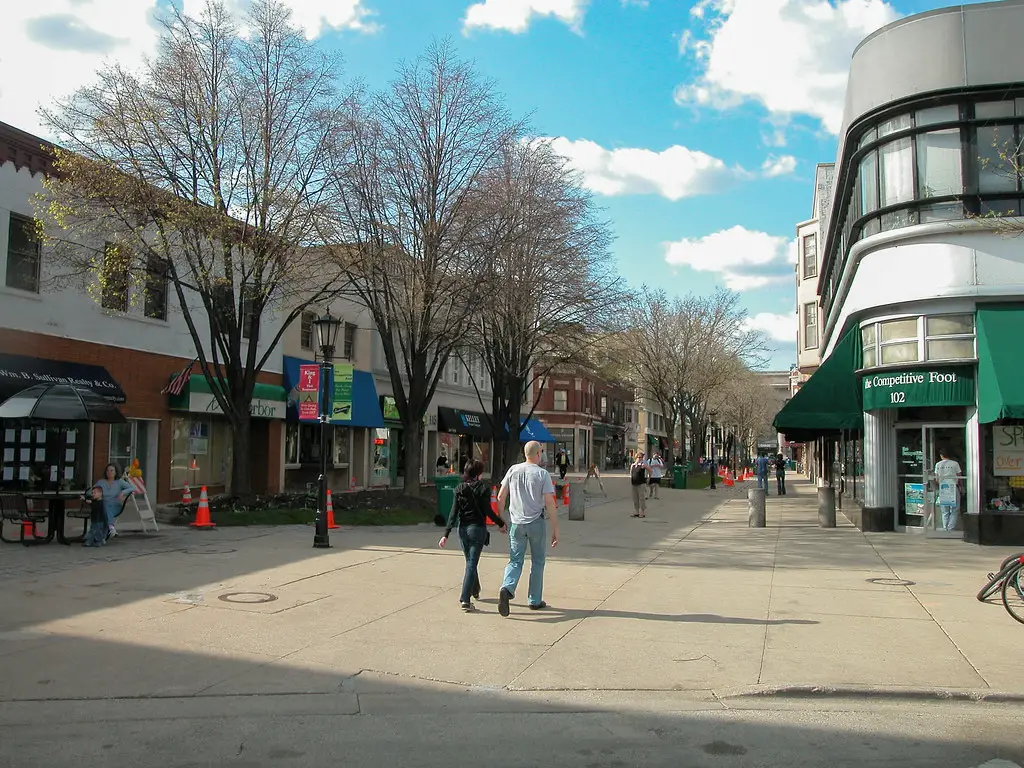
This suburb west of Chicago is known for its architecture and history, but million-dollar listings often reflect more legacy than luxury. Large homes here may boast original woodwork and vintage charm, but they also come with single-pane windows and outdated HVAC systems. Despite these quirks, the homes fetch high prices because of the strong community, walkable neighborhoods, and proximity to the city. You’re paying for context, not countertops.
Oak Park homes can feel like a step back in time—in both good and challenging ways. The bones are often strong, but finishes need love. Many buyers take on renovations after closing. In a hot market, “needs work” doesn’t mean “discounted.”
7. Bethesda, Maryland
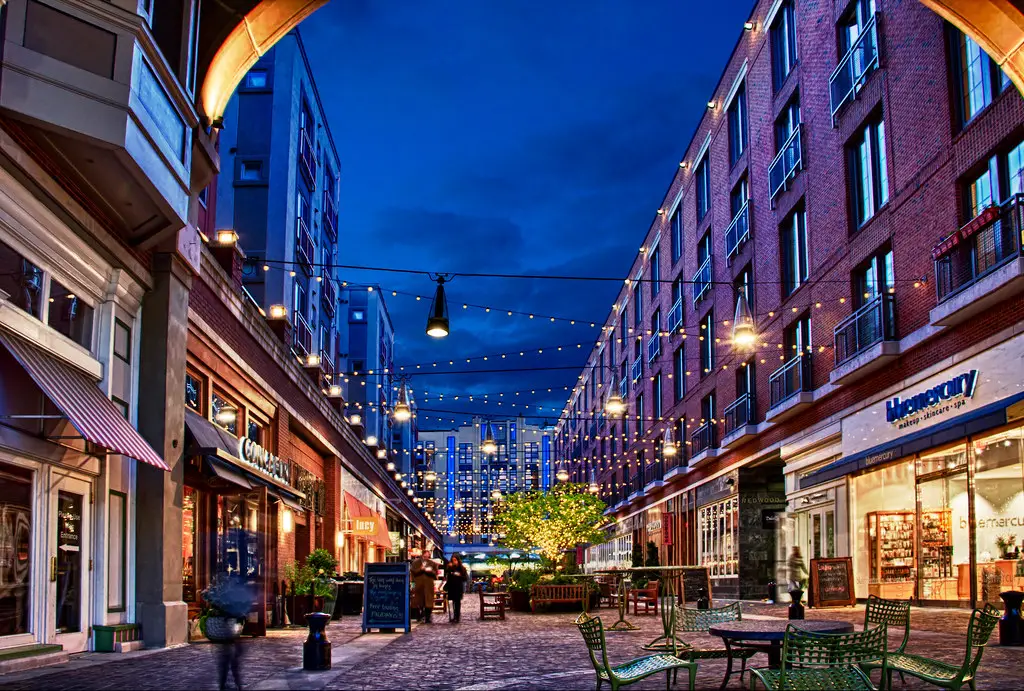
Bethesda is one of the wealthiest suburbs in the D.C. metro area, but not all million-dollar homes reflect that status on the surface. Modest split-levels and basic colonials often top seven figures, especially near the Metro or top public schools. These homes may still have dated carpeting or galley kitchens, but they sell fast. People want in, even if it means sacrificing style.
Here, it’s about community, schools, and access to Capitol Hill jobs. That demand keeps even average-looking homes out of reach for many. Renovations happen later—location comes first. Aesthetics, in this case, are secondary.
8. Boulder, Colorado

Boulder’s appeal lies in its scenery, university culture, and progressive vibe—but that doesn’t guarantee architectural dazzle. A million-dollar home here might be a 1,500-square-foot ranch from the ’50s with popcorn ceilings. Still, buyers line up, especially with limited inventory and zoning constraints. People want to be near the trails, coffee shops, and farmers’ markets.
Many homes have “potential” but need serious investment. Buyers prioritize lifestyle over layout. It’s one of those rare places where walkability trumps countertops. And for Boulder locals, that trade feels worth every penny.
9. Encino, California
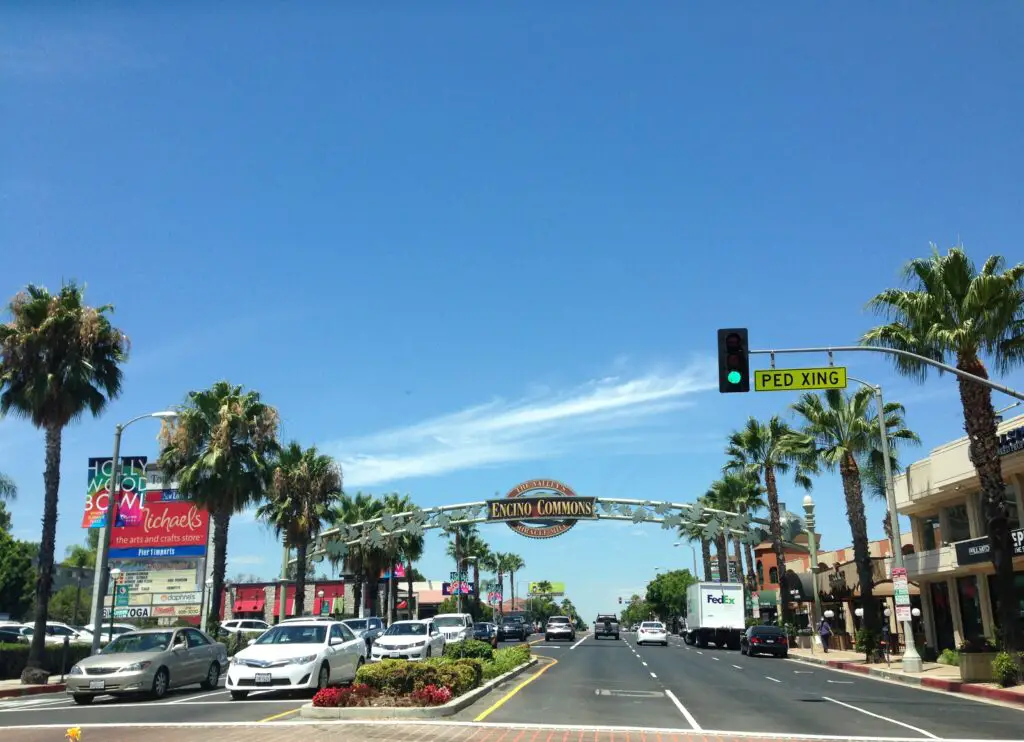
Encino, in L.A.’s San Fernando Valley, is a case study in suburban inflation. Many homes priced around $1 million haven’t been updated since the Reagan era. Expect pink tile bathrooms, mirrored walls, and shag carpet in some listings. Yet proximity to the 101 and good public schools keep prices up.
While neighboring Sherman Oaks or Studio City may offer sleeker options, Encino still commands strong demand. That’s thanks to lot size, privacy, and strong resale value. First-time visitors may wonder where the money went—but longtime locals understand. It’s all about what’s beyond the front door.
10. Fairfax, Virginia
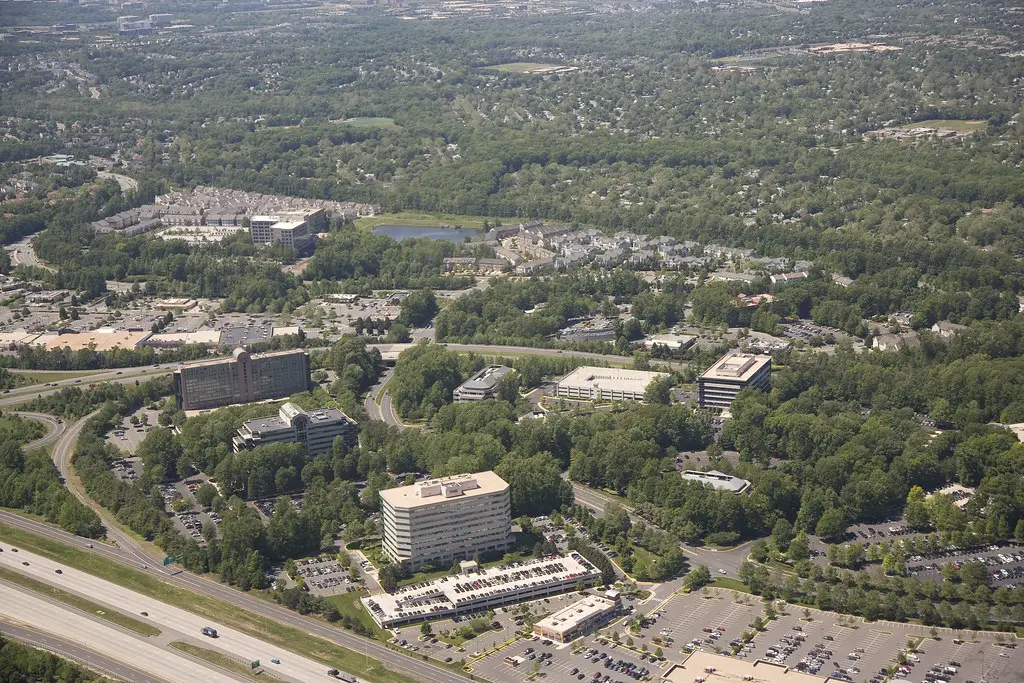
Just outside Washington, D.C., Fairfax is packed with homes built in the ’60s and ’70s—and many haven’t changed much since. These homes often feature small rooms, dated kitchens, and minimal curb appeal. Still, competition remains high, driving prices into the seven figures. Buyers here prioritize commute times and school ratings over trendy finishes.
Some homeowners choose to remodel after purchase, while others live with the quirks. Either way, these “average” homes sell fast. In Fairfax, functionality trumps flash. And that’s enough to keep prices high.
11. San Jose, California

In San Jose, the million-dollar mark is practically the entry-level tier. Modest three-bedroom ranch homes on tight lots routinely sell for over $1.2 million. Interiors often haven’t been updated in decades, and many listings boast original fixtures. Yet thanks to its tech hub status, buyers keep coming.
The school districts, job opportunities, and year-round weather add to the appeal. San Jose homes may not dazzle on Zillow, but they move quickly. The market reflects location, not luxury. And that’s just the new normal.
12. Brookline, Massachusetts

This Boston suburb blends academic prestige with walkable neighborhoods—but it comes at a steep price. A million-dollar home here might include an outdated kitchen, a shared driveway, and very little yard space. Still, buyers snap them up thanks to proximity to universities and public transit. The charm lies more in the neighborhood than the house itself.
Brookline’s market stays hot even when inventory is low. Buyers pay for the zip code, not the tile work. That means average-looking homes carry premium price tags. And in this town, they’re worth every cent to many.
13. Westchester County, New York

Westchester has long been a haven for New York City commuters, but affordability is no longer its strong suit. Million-dollar homes in towns like Scarsdale and Larchmont can still feature tiny closets, oil heat, and cracked tile floors. But thanks to location, school districts, and low crime, prices hold strong. It’s not uncommon to spend $1 million and still need a renovation budget.
Home shoppers are often surprised by how modest the listings are. But the area’s charm, history, and community amenities add hidden value. In Westchester, it’s not about flash—it’s about roots. And many buyers are happy to invest in the long game.
